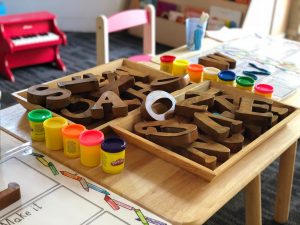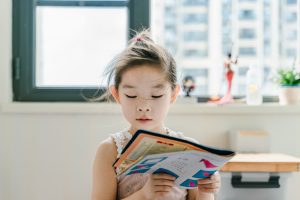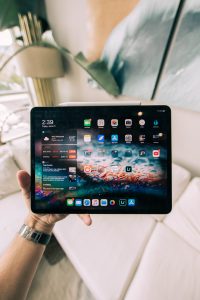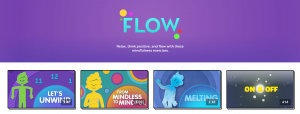Greetings everyone! Today I will be posting my final EdTech blog post for EDCI 336! Today we watched the final class presentations and learned about coding in the classroom. We looked at Scratch, Google Coding, and CodeBC Teachers’ Guide. We watched a video called “exact instructions challenge” which I had trouble viewing in class because the screen was lagging a bit. Before the video, Rich described coding as “hands-on problem-solving.”
My group EdTech Inquiry presentation went really well and I learned a lot from Rich’s input at the end. Now that I know that you don’t necessarily need to do all of the preparation quizzes to be able to do the final quiz become a Google Educator Level 1, it might become my special project for the quarantine times. The logistics of doing a presentation online are definitely different than doing it in real life. You have to take into account varying bandwidth speeds between computers, microphone quality, and video quality. All in all, I have had a great experience using zoom over these past two classes.
Rich posed the question of “How could Computational Thinking help my students? Or not?”
According to CodeBC, “Computational Thinking (CT) is a critical thinking process which is not only vital to the improvement and ongoing innovation in personal computing applications, but can likewise be utilized to bolster critical thinking over all orders, including the humanities, math, and science.” CT helps students “start to see relationships between scholastic subjects, as well as in day to day life, both inside and outside of the classroom.” These are skills that would definitely help students because problem-solving and critical thinking can be applied to all subjects. The earlier that children are aware of solving problems independently and thinking critically about things, the better.
Here is my snowflake that I coded with Frozen Coding.
https://studio.code.org/c/49768924
Here is another design I coded with Frozen Coding.
https://studio.code.org/c/618940565
My computer was kind of overloaded with coding and other tabs being open so my final creation did not show up as a link to share. I made spirals and flower shapes. I had a lot of fun coding with Anna and Elsa. Coding teaches students lots of principles of math and computers and physics without you as the teacher even having to express what they are learning, they learn it without you even pointing it out.







